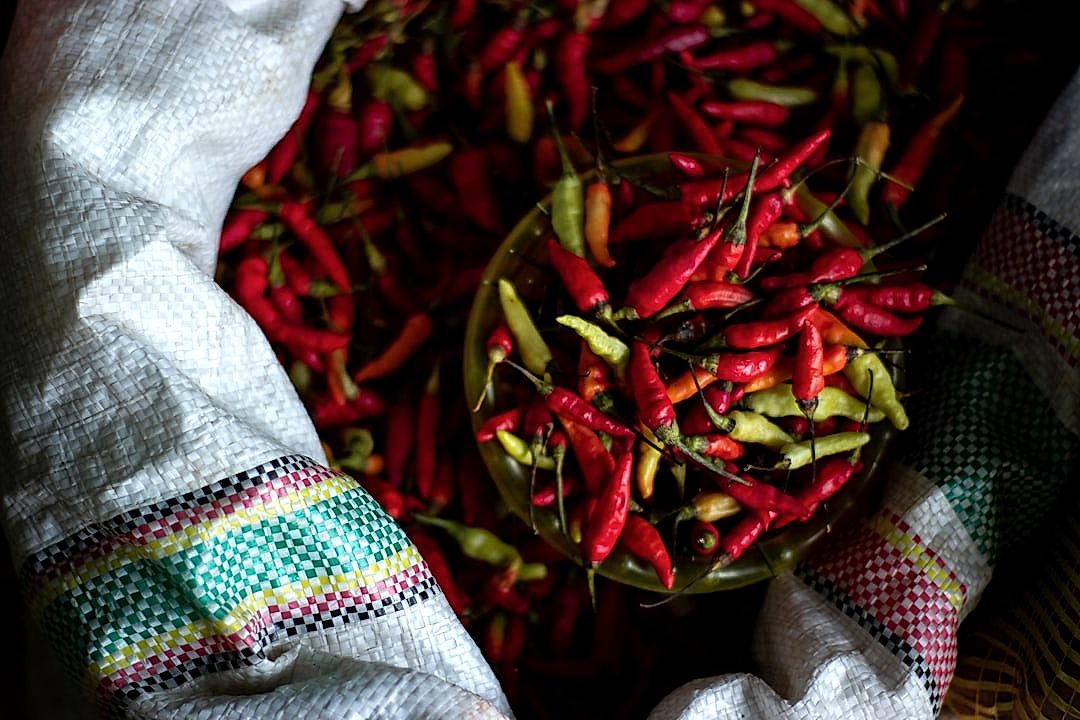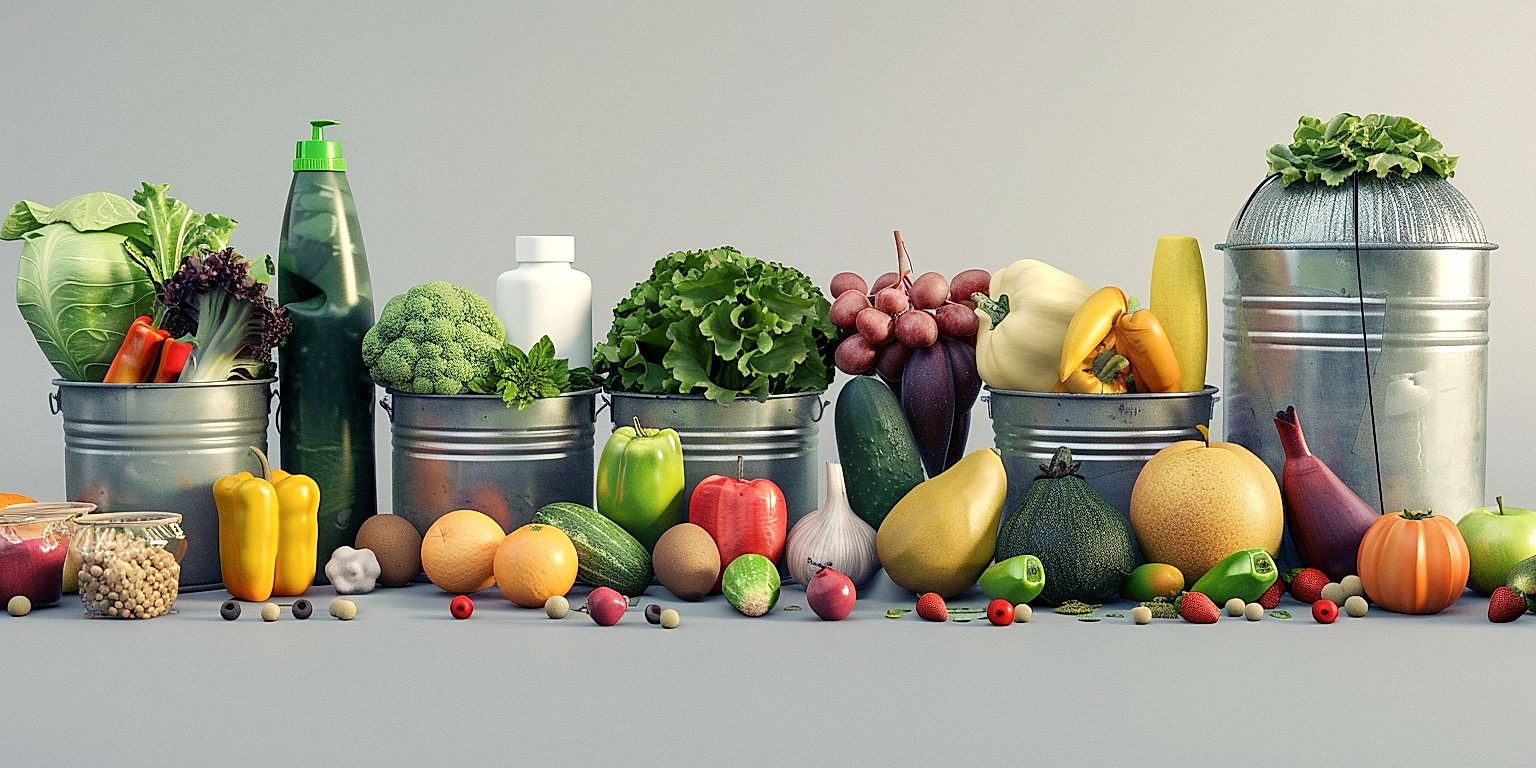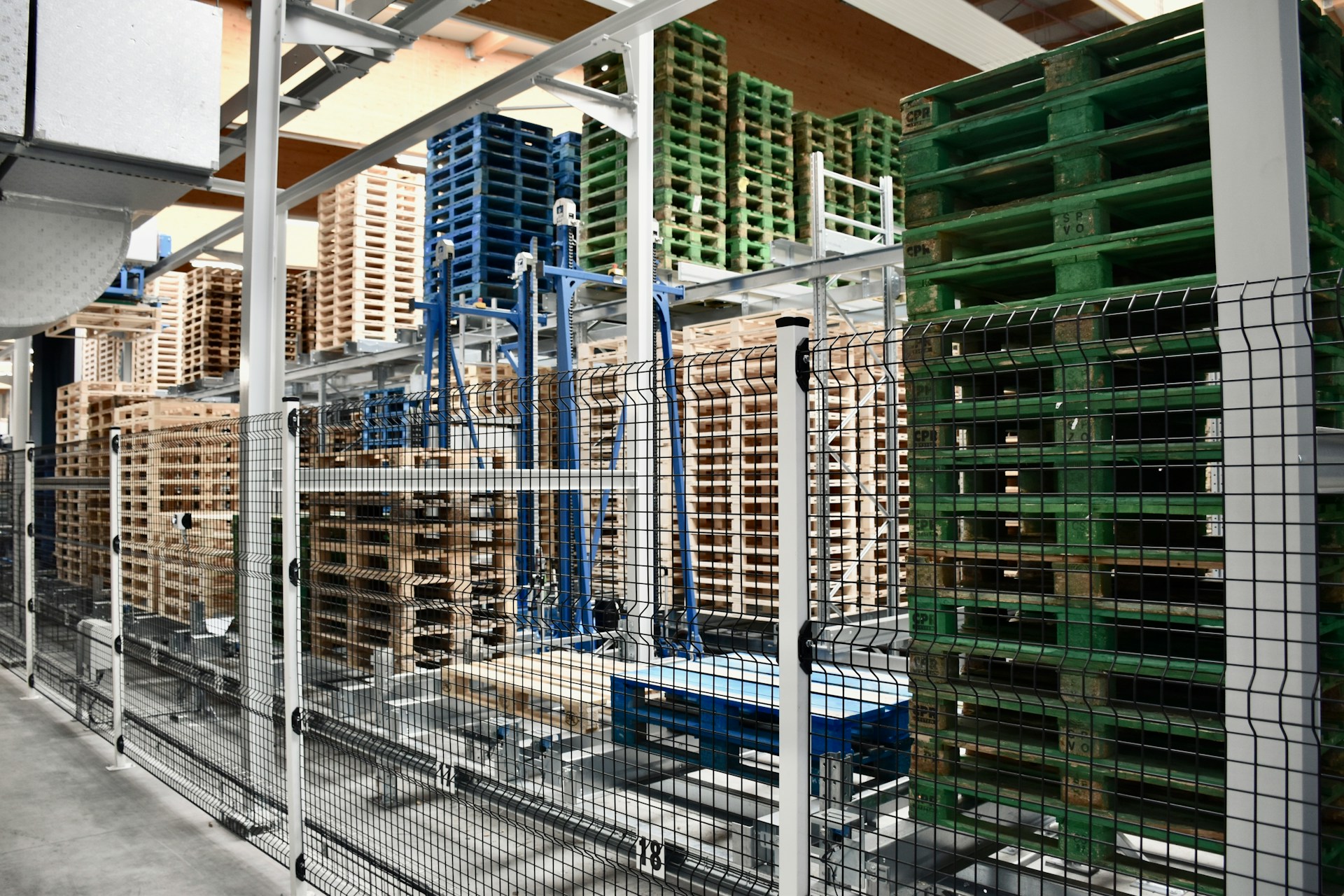In an industry that consistently strives for perfection, innovative packaging solutions have gradually become an essential aspect of processed produce.
It plays a crucial role in safeguarding food quality, extending shelf life, and reducing the environmental footprint.
The packaging industry has seen transformations at a monumental pace, thanks to evolving technology and sustainability concerns.
Today, we are looking at smarter and more efficient packaging methods than ever before.
Amid this wave of innovation, it’s important for businesses, specifically in the horticulture sector, to stay ahead, informed and adaptable.
As global demand continues to rise for processed produce, the need for cutting-edge packaging solutions has never been more apparent.
Contents
Cutting-edge Packaging Solutions For Processed Produce
1. Biodegradable plant-based plastic packaging
With the urgency to shift towards sustainable practices, Innovations in packaging solutions have taken a green turn.
One such outstanding example of this is the advent of biodegradable plant-based plastic packaging.
This revolutionary packaging solution is made from renewable plant materials like corn starch, potato starch, and cellulose (from trees).
Biodegradable plant-based plastic packaging, an essential step toward a green and sustainable future.
Unlike traditional plastic, this type of packaging breaks down or biodegrades over time, reducing litter and waste in the environment.
For processed produce, it’s an excellent alternative as it not only protects the food but also takes care of its environmental footprint.
It’s worth noting that this kind of packaging can be as flexible and robust as regular plastic packaging, offering similar protection for the produce.
In addition, biodegradable plant-based plastic packaging has a lower carbon footprint than regular plastic as it is made from renewable resources and can degrade back into the environment.
It’s a game-changer for businesses looking to project an image of sustainability to their consumers, as it shows care not only for the consumer but also for the environment.
Another essential benefit of this packaging is that it can be produced to be transparent, providing visual access to the product, similar to traditional plastic packaging.
A major concern with regular plastic packaging is that when it breaks down, it releases harmful chemicals in the environment.
However, since plant-based plastic is made from naturally occurring materials, it does not pose such risks.
It slowly biodegrades, unlike regular plastic which can take hundreds of years, providing a solution to the plastic waste problem.
Even though the initial cost of production is higher compared to regular plastic, the impact on the environment is significantly lowered.
Thereby making it a cost-effective solution in the long run.
The application of biodegradable plant-based plastic packaging is not just limited to produce, it has a wide range of uses in other sectors, making it a universally appealing and adaptable packaging solution.
2. Smart Packaging with Freshness Indicators
One significant part of the future of packaging solutions for processed produce lies in smart packaging with freshness indicators.
This method entails the use of packaging that can display or signal the freshness or quality state of the food contained.
For instance, a freshness indicator attached to the packaging could change color to reflect the degradation levels of the food.
These indicators serve as potent tools to provide tangible and real-time proof of the current state of foodstuffs.
This not only enhances trust in the consumers but also ensures the commitment of suppliers to quality control.
Essentially, it helps to reduce food waste significantly as consumers can monitor the freshness of their food and plan their consumption accordingly.
It’s a system that encourages better food management practices.
Moreover, smart packaging enables consumers to enjoy maximum benefits and value from their purchased goods by helping them understand the optimum time to consume the product.
Smart packaging technologies with freshness indicators rely heavily on the progress in food science and technology.
This intersection of various sciences allows for the creation of packaging solutions that can respond to changing food conditions.
Several different technologies can be used for this purpose, including pH sensitive indicators, nanotechnology, and microbiological techniques.
Combining these technologies allows for the development of smart packaging that can not only monitor but also react and record changes in the freshness levels of the food within.
The sophistication that smart packaging brings to the world of processed produce is truly a revolutionary leap toward more efficient and consumer-focused approaches to food quality control.
Eventually, the application of smart packaging can significantly transform the customer experience and drive forward the goal of reducing food waste.
By marrying convenience and functionality, smart packaging with freshness indicators offers a forward-thinking solution to maintaining and indicating the freshness of processed foods.
3. Edible Packaging for Zero Waste
In our pursuit of more sustainable packaging solutions, an exciting development has been the rise of edible packaging.
This innovation not only reduces waste, but also offers additional functionality, like the potential to add further flavour nuances to the food that it envelopes.
While it may seem somewhat futuristic, edible packaging is quickly becoming a reality, and is helping to create the possibility of a zero waste future.
The concept of edible packaging involves creating fully biodegradable food packages that can be consumed together with the product they encase, thereby eliminating waste.
It is an innovative solution which combines the principles of sustainability and functionality.
Companies such as Wikicell Designs and MonoSol have begun exploring ways to commercially produce edible packaging.
Since these packages are made of natural food particles, they pose no harm if there is accidental consumption, thereby enhancing food safety.
Though the technology for creating such packaging is still in the development phase, its potential to revolutionise the food packaging industry is undeniable.
Scientists and manufacturers are working tirelessly to overcome the potential issues associated with edible packaging, such as ensuring it is able to protect food effectively.
They are also looking into how to create packaging that is tasty and adds to the overall appeal of the product it contains.
Moreover, they are also putting efforts into making the packaging durable and easy to handle.
It is important to consider that successful edible packaging needs to be able to withstand the rigors of transport and storage, while still being able to maintain food freshness and quality.
The development of edible packaging is indeed a game-changer in our bid towards achieving zero waste.
Such packaging solutions are driving our journey towards a cleaner, greener, and more sustainable future, considering the environmental impact of conventional packaging materials.
This innovation is not only beneficial for the environment but also stands to change the way consumers perceive and interact with packaged food.
4. Self-cooling and heating packing solutions
With technological advancements, the packaging industry has made significant strides in creating self-cooling and heating packing solutions for processed produce which ensures optimum freshness and shelf life.
Today, we see packaging solutions that incorporate heating and cooling mechanisms to maintain the ideal temperature of the products contained.
These swift technological advancements in packing solutions have significantly enhanced the efficiency and shelf-life of processed produce.
One prime example of self-heating packaging solutions is self-heating food cans which contain beverages and ready-to-eat meals.
These ingenious containers have a built-in heating element at the base that is powered by a chemical reaction.
When activated, this reaction generates enough heat to warm up the packaged food or drink within just three minutes.
As for self-cooling packaging solutions, there are innovative cans that can cool their contents within minutes after being opened.
The principle of operation for these can coolers is that they use the evaporation process to serve as a quick and convenient cooling solution.
A special compound is included in the packaging that, when it comes into contact with the can’s contents, evaporates. This evaporation process removes heat rapidly, thus cooling down the contents of the can.
Moreover, self-heating and self-cooling packaging solutions are not only innovative but also practical in many scenarios.
Perhaps you’re on a camping trip without access to a refrigerator or microwave, or maybe you’re on a long road trip without stops – these innovative packing solutions can ensure your meals remain hot and your beverages cold.
Despite these advantages of using self-cooling and heating packaging solutions, the development process isn’t without its challenges.
There are deliberations regarding the safe usage and disposal of the chemicals used in these packaging solutions, as well as questions about their environmental impact.
However, developers are actively seeking environmentally friendly and safe alternatives to these chemicals, demonstrating their commitment to both innovation and sustainability in packaging.
To summarize, self-heating and self-cooling packaging solutions are an emerging trend in the packaging industry.
They present an array of potential benefits, including enhanced convenience and the preservation of food quality – thus revolutionizing the way our food is packaged and consumed.
5. Antimicrobial Packaging for Increased Shelf-life
In the fresh produce industry, one of the critical challenges is maintaining the freshness and quality of products during storage and transportation.
A new solution that has emerged is antimicrobial packaging, which can significantly extend the shelf-life of fruits and vegetables.
This innovative packaging solution works by slowing down the growth of harmful bacteria that causes food spoilage.
Antimicrobial packaging utilises active ingredients such as organic acids, enzymes, and bacteriocins that can fight off microorganisms.
>These active elements are either incorporated into the packaging material or applied as a coating.
They gradually release into the food product, creating a hostile environment for bacteria, thereby extending the product’s shelf-life.
One of the benefits of this technology is that it can lower the risk of foodborne illnesses caused by bacteria such as Salmonella and E. coli.
Additionally, antimicrobial packaging can maintain the freshness and natural flavors of the fruits and vegetables, allowing consumers to enjoy the produce for a longer period.
Apart from prolonging shelf-life and safety, it also minimizes food waste associated with product spoilage.
Despite its benefits, implementing antimicrobial packaging requires careful consideration of the potential risks associated with the active substances used.
Regulatory authorities like the FDA have set down strict guidelines for the safe use of antimicrobial substances in food packaging.
Furthermore, consumer acceptance is essential as the public perception of chemicals being in contact with food can impact product sales.
Thus, efforts have been made to use natural antimicrobial substances such as essential oils and plant extracts in packaging, which are seen as safer alternatives by consumers.
Research and development in this sector are ongoing, and we can expect to see more innovative antimicrobial packaging solutions in the coming years.
Whether it is through using organic materials, changing packaging design, or other technological advancements, the ultimate goal remains the same – to preserve the nutritional quality and freshness of fresh produce, ensuring consumer satisfaction and safety.
The Bottom Line
Harnessing modern technological advancements and sustainable materials in the packaging industry not only paves the way for environmental preservation but also enhances the quality and longevity of food products.
Through innovative solutions such as biodegradable plant-based plastic packaging, smart packaging with freshness indicators, edible packaging, self-cooling and heating packing solutions, and antimicrobial packaging, we are taking a significant leap towards robust, efficient, and eco-friendly consumer experiences.
These packaging innovations serve a dual purpose of meeting consumer demands while mitigating adverse environmental impacts.
As such, they represent the future of the packaging industry, ensuring that both nature and quality are never compromised.




